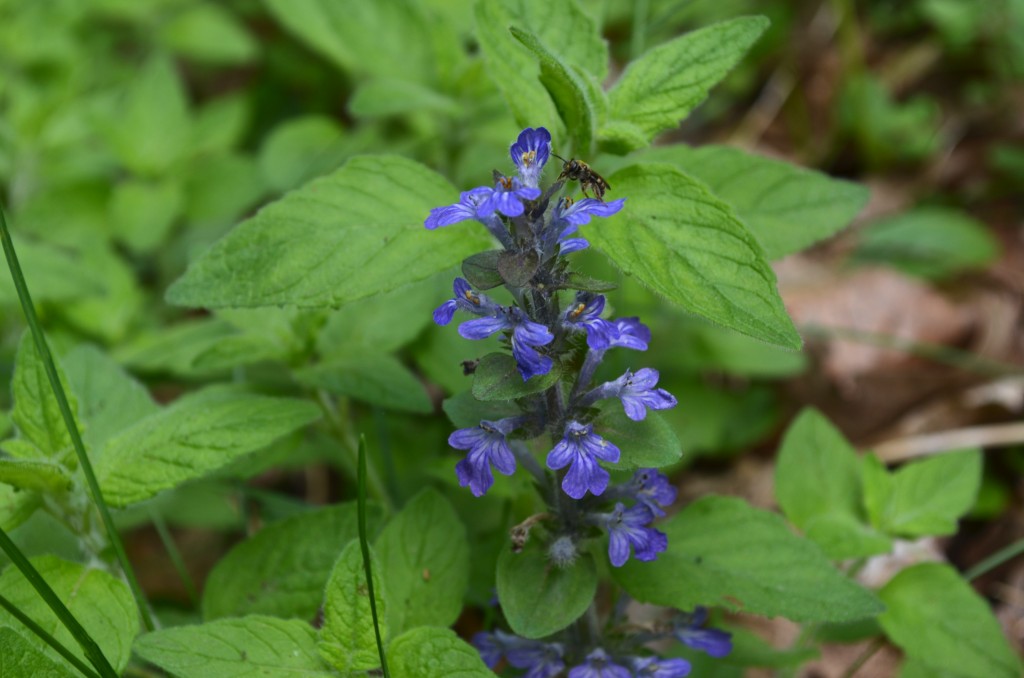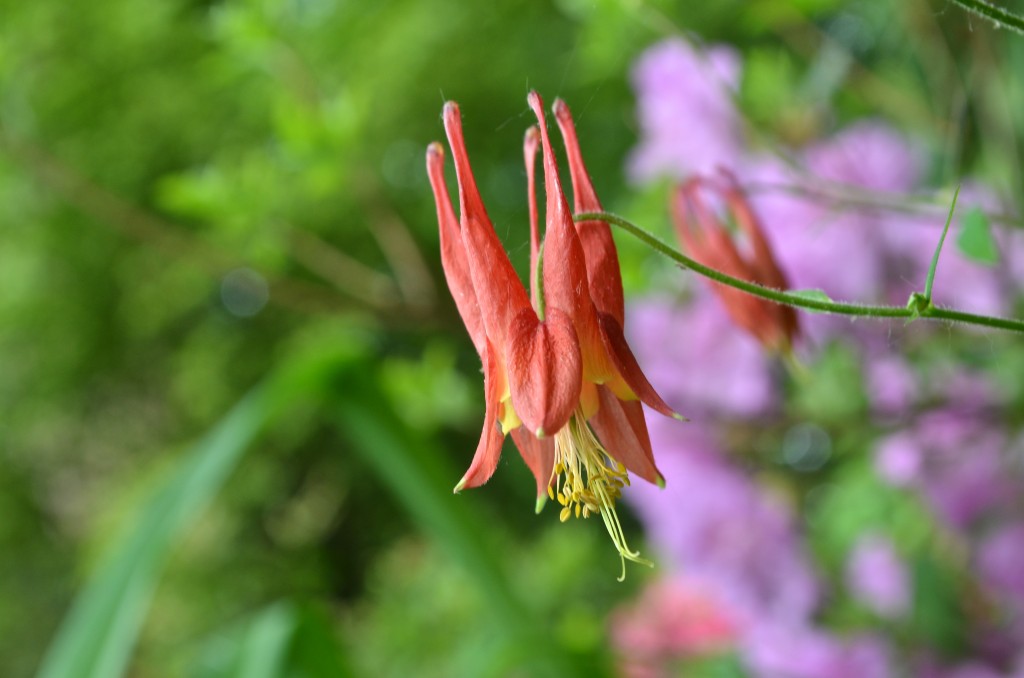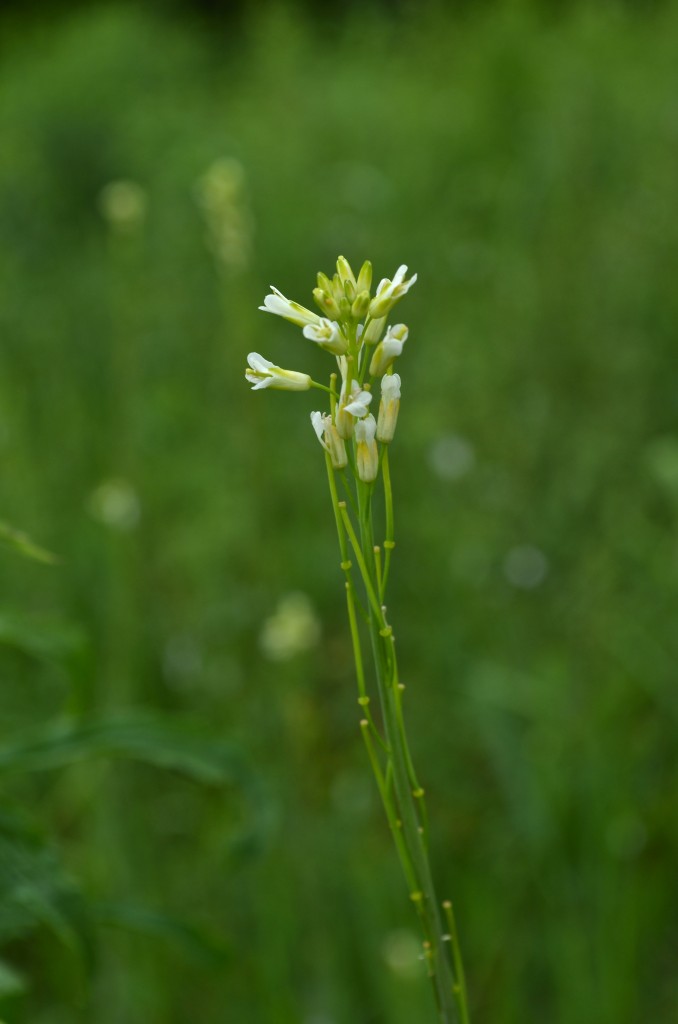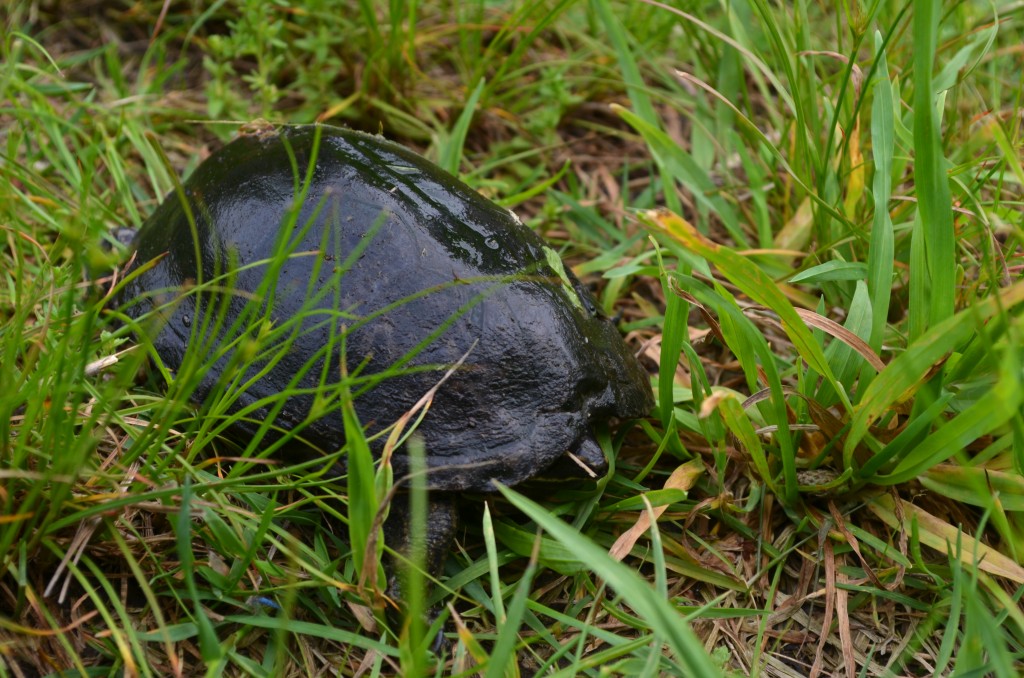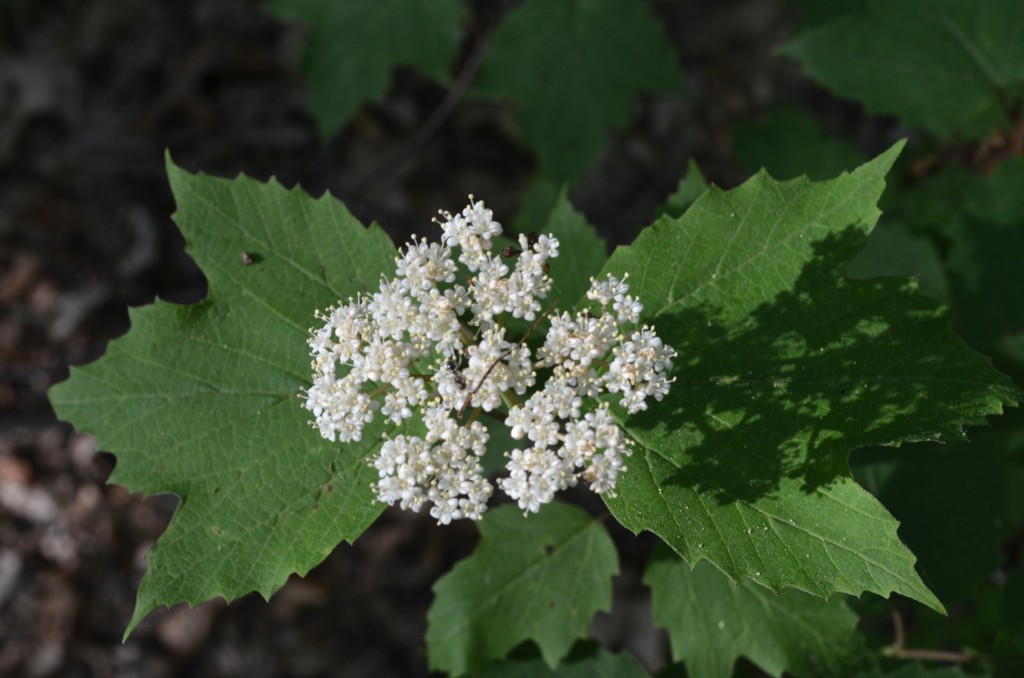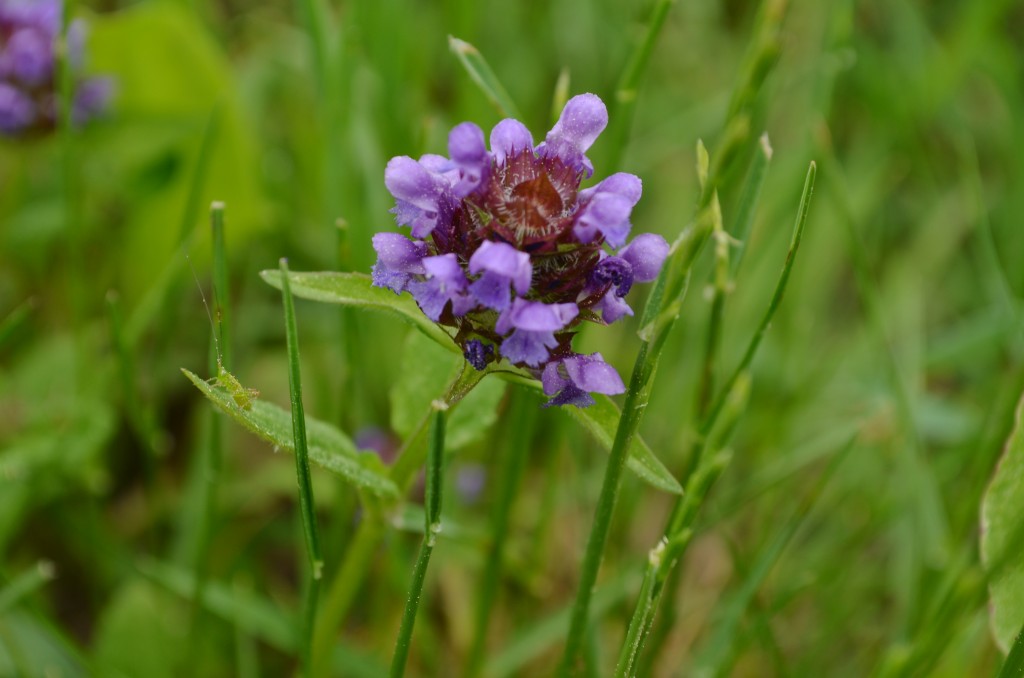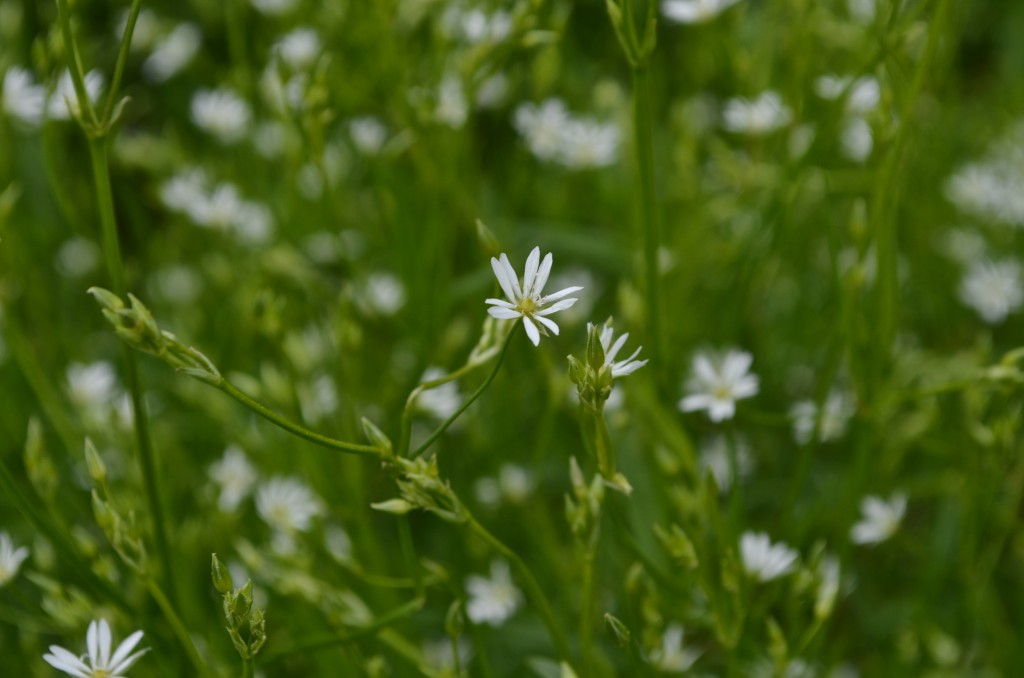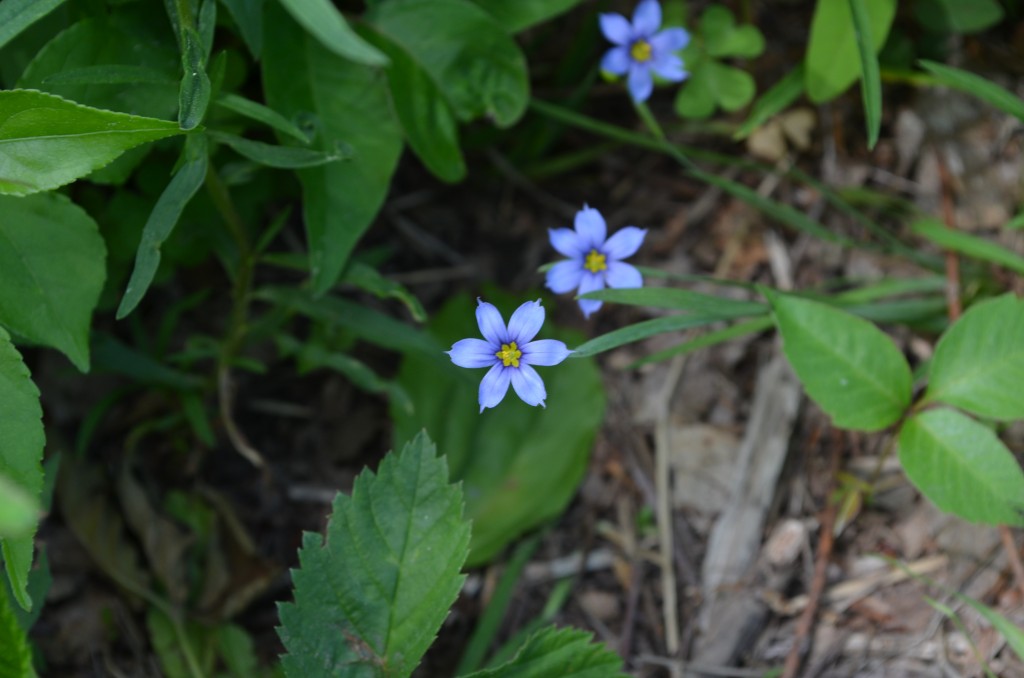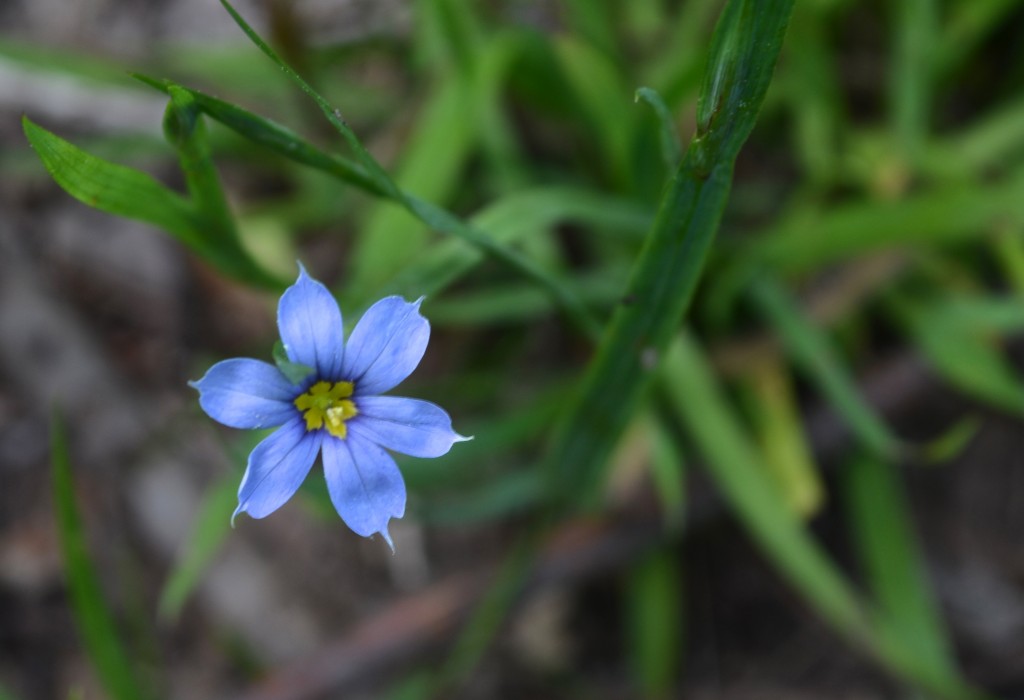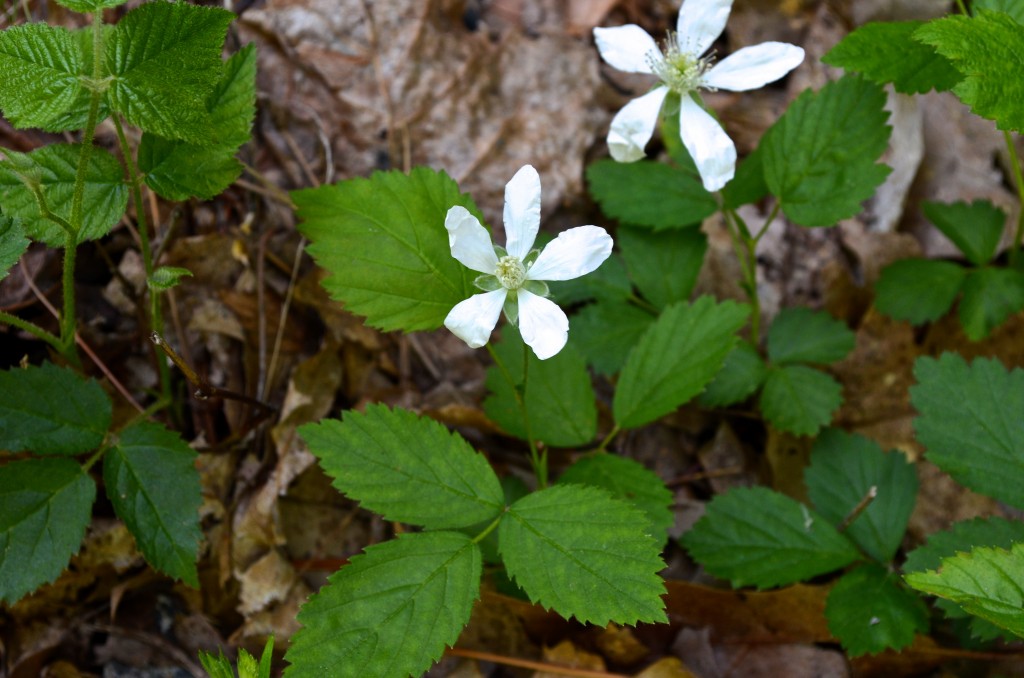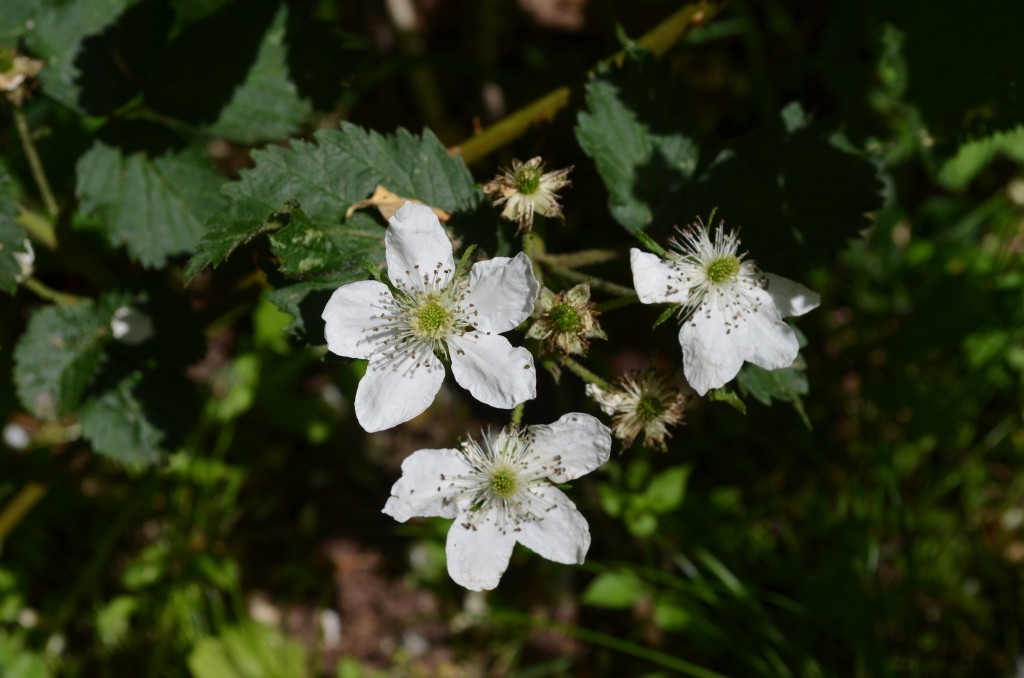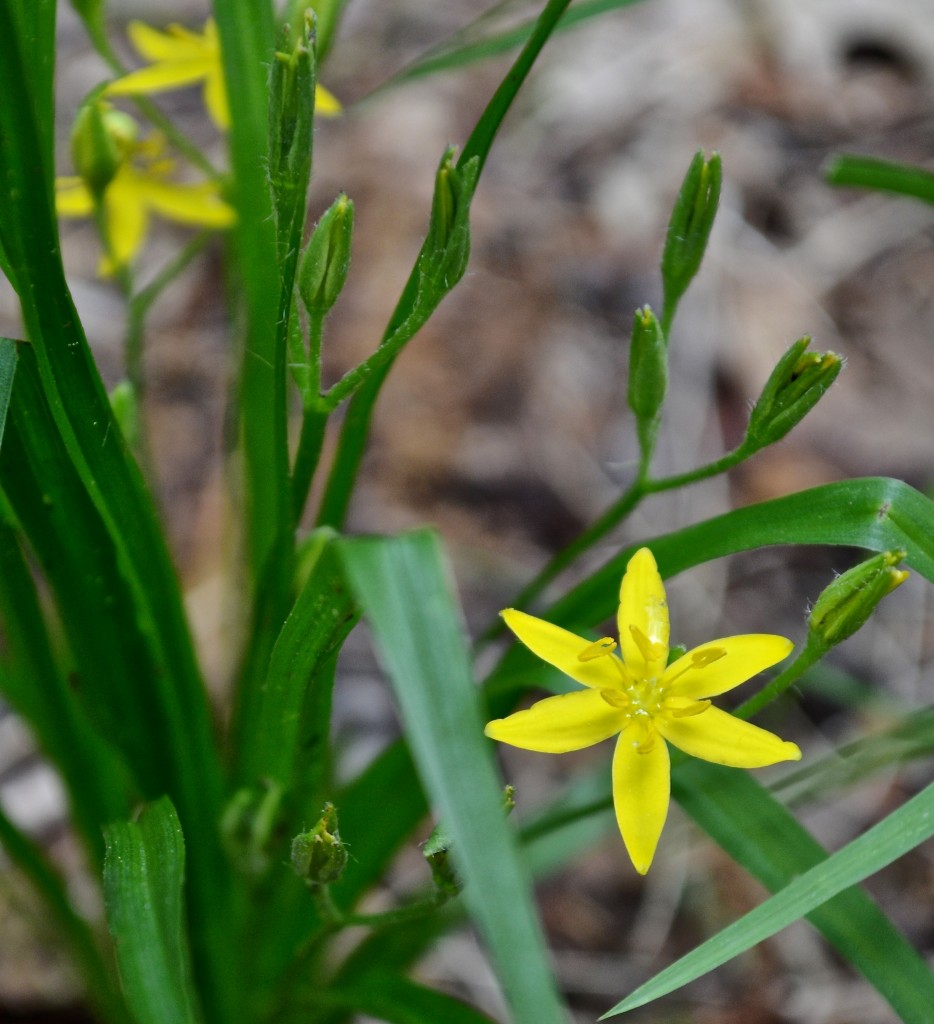 I was going to a conservation area in Dover that I hadn’t visited in a long time, accidentally took the wrong road and happened across a small wood I hadn’t been to, which had this beautiful little flower. This is the first time I’ve seen it and in fact I thought maybe it was some kind of escaped domestic; it’s reminiscent of squill. But it’s wild! Native. Lily family. (Photo taken June 3, 2013.)
I was going to a conservation area in Dover that I hadn’t visited in a long time, accidentally took the wrong road and happened across a small wood I hadn’t been to, which had this beautiful little flower. This is the first time I’ve seen it and in fact I thought maybe it was some kind of escaped domestic; it’s reminiscent of squill. But it’s wild! Native. Lily family. (Photo taken June 3, 2013.)
Yellow Star Grass, Common Goldstar (Hypoxis hirsuta)

